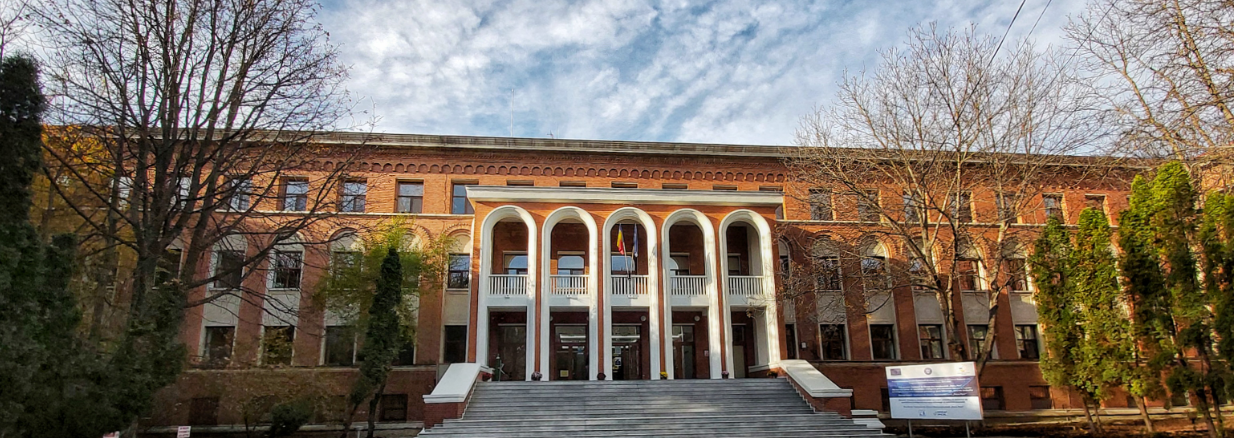The scientific programme is structured into three Work Packages divided into tasks which make full use of the complementarities and synergisms between partners. One additional WP is dedicated to dissemination and management.
1. Composite materials for sensing applications
Colourimetric sensing, which transduces environmental changes into visible colour changes, provides a simple yet powerful detection mechanism that is well suited to the development of low cost sensors. To use photonic crystals as sensors, diffraction peaks that fall into the visible range are usually preferred, as the optical output can be directly observed by the naked eye without the need of complicated and expensive equipment designed to read the signals. Sensitivity, response rate, durability, and selectivity of the responsive system have to meet the specific requirements of the sensor application. Generally, the photonic band gap can be reversibly changed in response to external physical or chemical stimuli. Reviewing the literature, we conclude that all four sensors deemed necessary for monitoring wound status (pH, temperature, humidity and bacteria detection) can be made using photonic crystals. Two members of the consortium (NIMS and Tyndall) have been active in research involving photonic crystals for over 20 years but their expertise and technologies used are complementary. This provides the grounds for synergy which will be further enhanced by the participation of other members of the consortium in this research. The partners are thus very well prepared to accomplish tasks related to the development of the specific sensors.
2. Advanced technologies for chronic wound dressings
Being naturally abundant via the parent chitin molecule, non-toxic and biocompatible chitosan is potentially a valuable commodity in many research fields, including biomedicine. The development of chitosan-based IPNs thin films/membranes to serve as low adherent dressing with antimicrobial properties will continue. Research activities of the leader of the WP (PPIMC) aims at the development of new strategies towards chitosan based biomaterials (fibres and fibres loaded with slow-release drugs) and investigation of their supramolecular, self-healing ability to encapsulate bioactive agents and control their release. InoCure and Grade Medical will further up-scale the production of system and optimize conditions for pilot and industrial production. InoCure will perform the scaling up of technology to high-throughput needleless electrospinning. The protocols for the development of drug-loaded nanofibrous matrices will be optimized for industrial modification using electrospraying (thin coating/nanoparticle-based drug encapsulations), wet dip coating and spray coating.
3. Design and realisation of advanced wound dressing for chronic wounds
The systems developed in WP1 and WP2 will be combined to form an advanced wound dressing. Grade Medical as a manufacturer of wound dressings will deliver the technologies needed for the industrial production of fibres, the membranes to be developed in WP2 and the wound dressing forming technology to combine with sensors on a flexible substrate. The Grade Medical system enables a combination of multiple layer production and their bonding using adhesives to form a final patch with defined size. The type of adhesives and bonding procedure will be optimized by InoCure. The final product will be tested on relevant 3D skin models using InoCure s technology (InoMATRIX) to show the regeneration capacity. Cocultures with molecules affecting pH, indicating bacterial infection and other sensor triggers will be used to assess the performance of the wound dressing. Grade Medical will work also on testing the stability of the dressing and other requirements necessary for the certification. At this stage, the in vivo testing will be replaced by certified 3D skin models provided by MatTek and StratiCell.
4. Management and Dissemination | 







